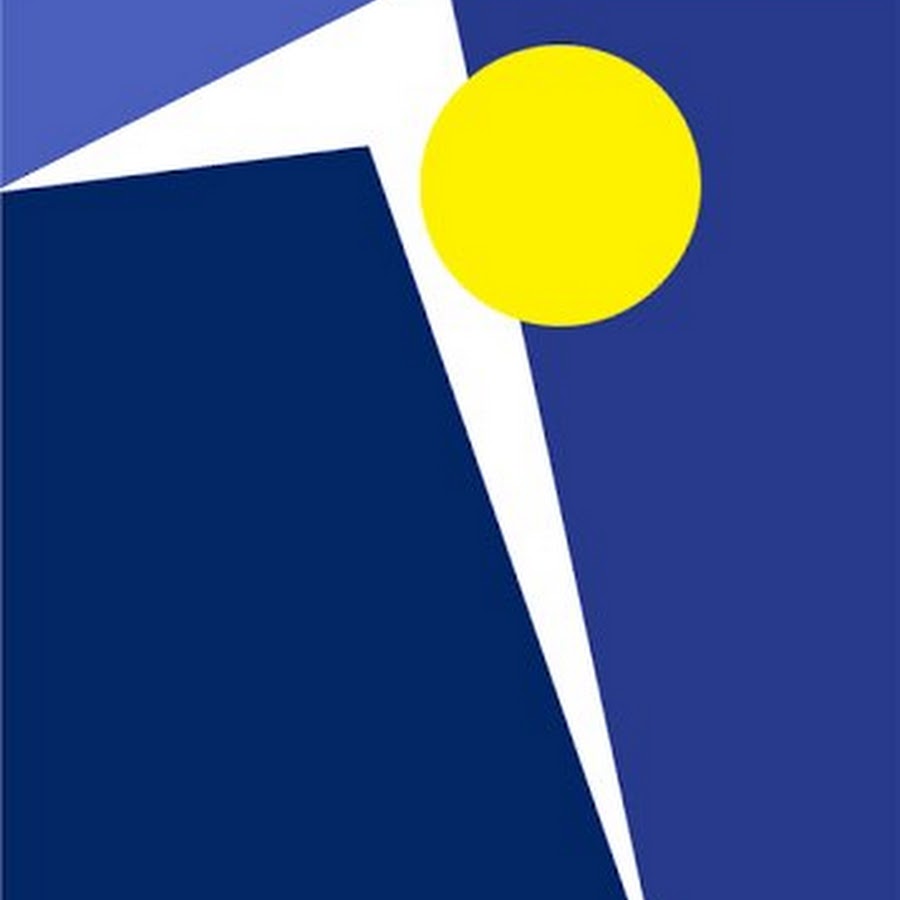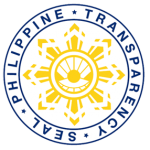Bohol’s dairy stakeholders strengthen collab for ART-ICDP

“The nutrition of a child in the first 1,000 days is very critical to mental development,” Bohol Governor Arthur C. Yap said in his first meeting with dairy stakeholders providing direction to the dairy industry of the province. This signals the conception of a comprehensive, multi-agency, and multi-sectoral dairy development project in Bohol called Agricultural Rural Transformation through Integrated Community Development Project (ART-ICDP). This comprehensive proposal, formulated by the Provincial Government of Bohol through the Office of the Provincial Veterinarian (OPV), the Department of Agriculture-Philippine Carabao Center at Ubay Stock Farm (DA-PCC at USF) and DA-National Dairy Authority, and the Bohol Dairy Cooperative (BODACO), mainstreams dairy farming as a major source of income in Bohol. Dr. Stella Marie Lapiz, Bohol provincial veterinarian, said the PLGU had already allocated funding for this undertaking. “Nakita man jud ang dakong potential sa dairy dinhi sa province maong ato gyud gipanghingusgan nga ma implement gud ni siya pinaagi sa atong pagtinabangay (We have seen the great potential of dairying here in our province, that’s why we will strengthen its implementation thru strong collaboration with each other),” Lapiz said. In the project proposal, ART-ICDP aims to achieve three major objectives: increase the income of the participating farm families by at least Php30,000.00 annually, enroll at least 1,000 dairy animals yearly, and provide 100% of the milk supply required for the National Feeding Program (RA 11037) in the province of Bohol. To fulfill these, the province needs to produce at least 1,250 li of raw milk a day or 150,000 li in 120 days to meet the requirement of 25,000 children-recipients of the feeding program. Ready-to-drink (RTD) milk in packs of 200 ml 25% toned milk will be distributed to the children for this purpose. With a 21-liter per capita milk requirement, Bohol needs at least 7,583 milking animals producing 3 li a day to meet the demand for RTD alone. Currently, its raw milk supply is produced from the existing 1,726 dairy carabao herd and 233 dairy cattle herd. The implementation “This project was launched last December 2019 during the celebration of the 5th Bohol Dairy Festival. Implementation, however, was only started this year and will end by 2022,” Lapiz said. With series of consultations, this will be carried out in three phases. Phase 1 covers social mobilization—DA-PCC at USF, OPV, and NDA will identify and select project areas; conduct project advocacy, marketing and orientation; and form dairy clusters. Phase 2 will be about trainings, organizational development and stakeholders’ capacitation; expansion of dairy herd; and establishment of communal facilities. Lastly, Phase 3 deals with scaling-up of raw milk production and dairy product development to include establishment of related enterprises on silage production, feedmill, vermicomposting, and processing and marketing; and enhancement of private partnership and product development. “We are eyeing 18 municipalities in this project. They are selected because of the presence of potential dairy animals, both carabao and cattle, in their town and some of these are within the existing dairy zones,” Lapiz explained. “Another consideration in the selection of project areas is their proximity to a processing plant,” she added. According to Lapiz, the process flow basically starts in marketing the project to the municipal mayors of the identified project areas. Then, veterinary clinic and estrus synchronization (ES) and artificial insemination (AI) will be conducted onsite by OPV, DA-PCC at USF and NDA wherein pre-enrolment and selection of animals will be conducted. Once the animals get pregnant, the team will schedule dairy enterprise orientation seminars and trainings for the owners or caretakers. From here onward, the standard groundworks for dairy enterprise development will ensue. The updates Early this year, the team had already conducted activities under Phase 1. As of date, 1,014 animals were pre-enrolled (628 Carabao and 386 Cattle) in the program from the initial three municipalities. Meanwhile, 50 animals are expected to queue in the milking line in San Miguel, 161 in Mabini, and 39 in Talibon. In response to COVID-19 pandemic, the Provincial Government of Bohol launched its ‘’WE SURVIVE BOHOL AS ONE’’ program. One of its sub-projects is a community milk-feeding program in 17 municipalities with the highest number of malnourished children. The PLGU allocated Php10 million for this purpose. To date, around Php6.1 million was utilized for the 60-day milk feeding program benefitting 5,130 children. The objective of this project is to boost the immunity of members of the vulnerable sectors and at the same time help the dairy farmer market their produce even in the face of crisis. The implementation of this project was facilitated by the Provincial Nutrition Council, Education Center, OPV and DA-PCC at USF in collaboration with the Municipal Nutrition Council in the targeted municipalities. Milk is supplied by the BODACO. “BODACO, which consolidates the milk produced by the farmers and leads the establishment of the dairy enterprise, is also essential in the implementation of the ART-ICDF project because they (the farmers) are the main reason why these efforts are made,” according to Dr. Gundolino P. Bajenting, OIC-Center Director of DA-PCC at USF. Meanwhile, the PLGU awarded one tractor to BODACO in June 2020 to facilitate the forage production of farmers. The DA-PCC at USF also gave an initial two sets of water system paraphernalia to two dairy farmer clusters in Mabini, 10 sacks of dairy concentrates and one 20-kg mineral blocks as part of its refocused activities to mitigate the effect of the pandemic.











